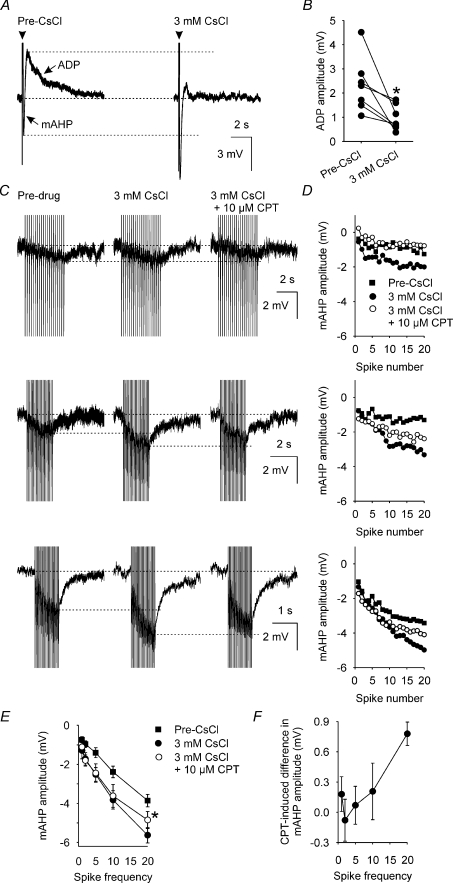Figure 5. Activity-dependent A1 receptor antagonist inhibition of mAHP amplitude is independent of ADP modulation.
A, mAHPs and ADPs (averages of 5 traces) that each follow a 5-spike train (arrowheads, spikes truncated) evoked by a 80 ms depolarizing pulse (+200 pA) before (Pre-CsCl, left) and during superfusion of 3 mm CsCl (right). B, ADP amplitude in supraoptic nucleus neurones (n= 7) before (Pre-CsCl, left) and during (right) superfusion of 3 mm CsCl, showing that CsCl decreases ADP amplitude. *P < 0.05, paired t test. C, mAHPs (averages of 5 traces) that follow 20-spike trains (evoked by a corresponding number of 5 ms, +500 pA depolarizing pulses) at 5 Hz (top), 10 Hz (middle) and 20 Hz (bottom) in a supraoptic nucleus neurone before (Pre-drug, left), during superfusion of 3 mm CsCl alone (middle) and superfusion of 10 μm CPT in the continued presence of 3 mm CsCl (right), showing that Cs inhibition of the ADP increases mAHP amplitude. D, mAHP amplitude measured after each evoked spike in A during 5 Hz (top), 10 Hz (middle) and 20 Hz (bottom) stimulation. E, mean mAHP amplitude (n= 4) after the final evoked spike of 20-spike trains delivered at 1, 2, 5, 10 or 20 Hz before (▪) and during superfusion of 3 mm CsCl (•) and of 10 μm CPT in the presence of 3 mm CsCl (○). Two-way repeated measures ANOVA on the mAHP amplitudes before and during superfusion of 10 μm CPT revealed a significant effect of frequency (P < 0.001) and a significant interaction between the effects of CPT and frequency (P= 0.03) in the presence of 3 mm CsCl. F, subtraction plot of the mean CPT-induced difference in mAHP amplitude recorded in the presence of 3 mm CsCl (n= 4), showing a progressive increase in the effect of CPT as spike frequency increases (Pearson product moment correlation coefficient = 0.91, P= 0.03).

